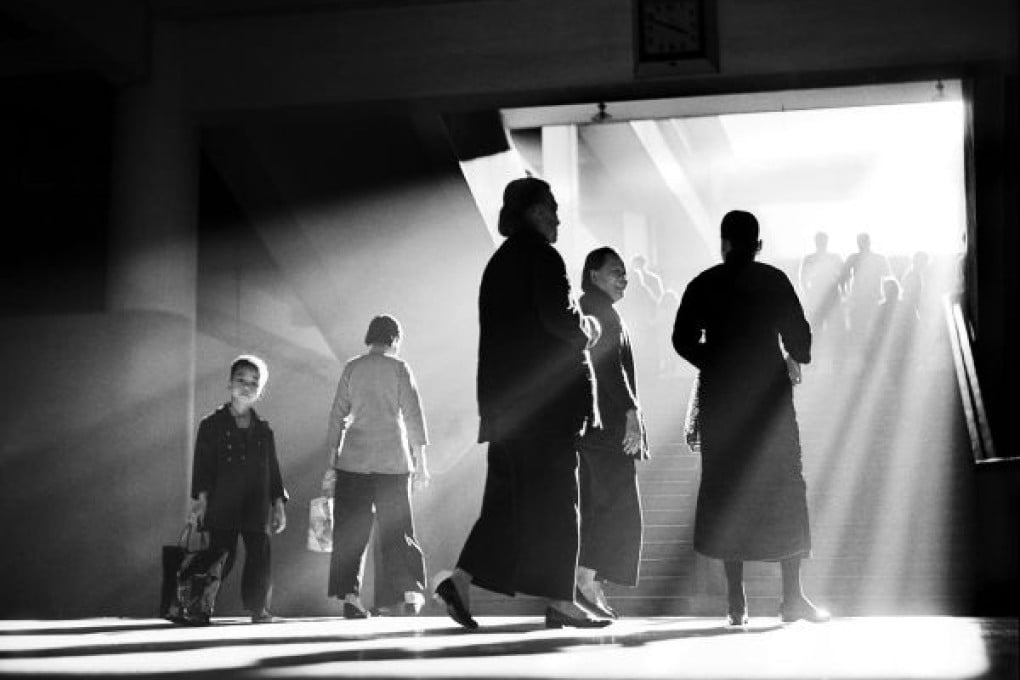Ho Fan: In Memory of Hong Kong's Iconic Photographer
Lauded as one of Asia’s most influential photographers, Shanghai-born photographer and filmmaker Ho Fan moved to Hong Kong as a teenager and rose to fame during the 1950s and 60s for capturing street scenes and everyday people. He passed away on June 19.

This article was originally published in 2012 and has been updated to reflect the death of Ho Fan.
Dubbed the Ansel Adams of Hong Kong and lauded as one of Asia’s most influential photographers, Shanghai-born photographer and filmmaker Ho Fan moved to Hong Kong as a teenager and rose to fame during the 1950s and 60s for capturing street scenes and everyday people in tender, moving black-and-white prints. He passed away on June 19.
I started to take photographs in Shanghai when I was a very young kid—the first thing I shot was the Bund. That one was taken with a Brownie, a very simple, old-fashioned camera. I am self-taught.
I love Brahms, Mahler, Stravinsky. Because I studied Chinese literature, I also get inspiration from Chinese poetry and dramas, and also from Shakespeare’s dramas, Greek tragedies and Hemingway’s novels. I think I accept lots of nourishment from other arts.
People tell me it seems my photographic works have stories, have some drama. That’s why, later on, I became a film director. Both use images to tell their story, to express the emotions of the author. Photography and filmmaking are like sisters. One is still and one is moving—that is the only difference.I wrote novels, short stories and poems during my school days. I hoped to be a writer, but unfortunately I got a headache whenever I read books and I could not continue. So I dropped the writing, and instead used my camera to express myself, to write with my camera.

I saw a white wall near Causeway Bay. I asked my cousin to stand there, and she acted as the girl facing the approaching shadow. I made the composition first, and then I finished it by bringing in the triangular dark shadow in the darkroom. There was no shadow on the wall, actually. It means her youth will fade away, and that everyone has the same destiny. It’s a little tragic.

The second way [I took photographs] was just the opposite. I didn’t plan at all—I would take a photo at the right moment, just like the French great master Henri Cartier-Bresson. You wait for the subject that can move you, that can touch your heart, no matter if it’s an old man or an old woman, or even a kid or a dog. Then when you come to the right position, and combine it with the right background and other people, and also match it with the lighting, you click the shutter at that decisive moment. And you must wait, and wait, and wait, and have patience. Sometimes I waited in the street for a few hours. And sometimes, if I was lucky, I would come home with something.
